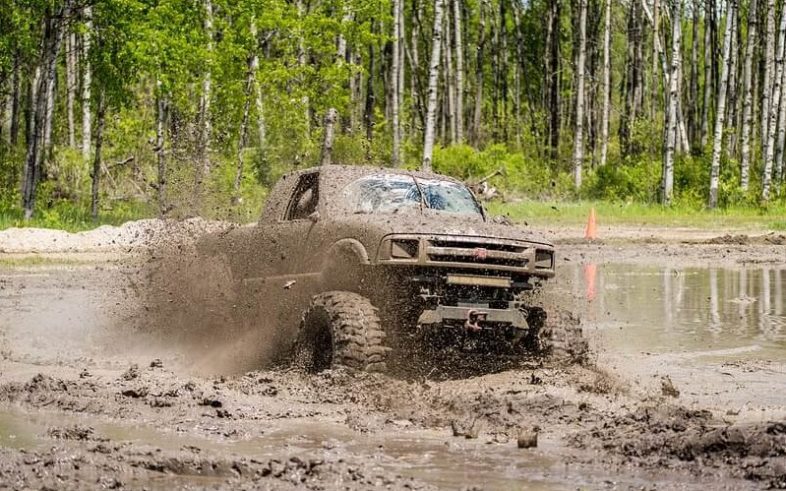No matter where you are in Oregon, you’ve no doubt seen at least a baker’s dozen cars with large tires or jacked suspension or decals out the wazoo (or all of the above). Given that these rigs generally look awesome, and given Oregon’s vast and varied terrain, and given the plethora of off-roading clubs in the state, you may be tempted to outfit a rig of your own. Below is some advice to start you off right.
Have an Off-Roading Goal
The key to off-roading is to know what kind of off-roading you want to do. Do you want a rig that can crawl rocks? Are you looking for something that can handle deep creeks and steep mud climbs? Or are you wanting something geared more towards rocketing over sand dunes?
Once you have that nailed down, you should decide whether you want an off-roading-only beast that you need a mini-beast to tow to the trails or something a bit more accessible that you can also drive around town.
And now that you have that figured it, you have to choose your frame and prioritize your upgrades.
Choosing Your Rig and Getting Started
Regardless of which type of off-roading beast or mini-beast you’re putting together, the most important starting point is your frame. The most accessible vehicles are unibody rigs, like older Jeep Cherokees and Grand Cherokees. These are trucks where the frame and the body are one entity.
Unibody vehicles are lighter and more fuel efficient, and you can customize them with the essentials like ground clearance, skid plates, and off-road tires, but they’re not as durable as what are called on-body vehicles.
On-body means that the car’s body is laid on top of the frame, which is a heavier and more durable frame than a unibody. Since on-body rigs can pretty much be taken apart down to the bolts, the customization options are endless. If your goal is to have an off-road-only monster, this is where you’ll want to start. Toyota 4runners and older Jeep Wranglers are excellent frames to start with, and you can do some epic things with a Toyota Tacoma.
Once you have a rig, then you can start on the really fun stuff – the customization.
Get Clear
-ance. Ground clearance. Jack up your suspension. Make the people who don’t off-road think you’re compensating for something. Don’t let them stop you. This is America. You do you.
Having greater ground clearance protects your undercarriage from harm and lets you clear larger obstacles.
Build an Off-Road Tank
Once you have your ground clearance taken care of, the next step is to install skid plates. Skid plates are basically armor for your undercarriage, and add crucial protection especially if you’ll be running creeks or crawling rocks. They are generally made out of a thick plastic, aluminum, or steel, and come in various thicknesses, and can make your rig look like a tank. Finding out what plates will work best for what you want to do will require a little research or some professional assistance.
Last But Not Least: Off-Road Tires
The last of the big-three starting upgrades is your off-road tires. Which tire you get will also depend on what type of off-roading you’ll be doing. There are all-purpose wheels that are solid all-around grippers, but if you’ll be hitting the swamps hard you’re going to want something that can really dig into mud and maintain traction.
And now that you know where to begin, go ahead and call K&M Auto to have any and all questions answered and to get going on an off-roading hoss you could only dream of!


